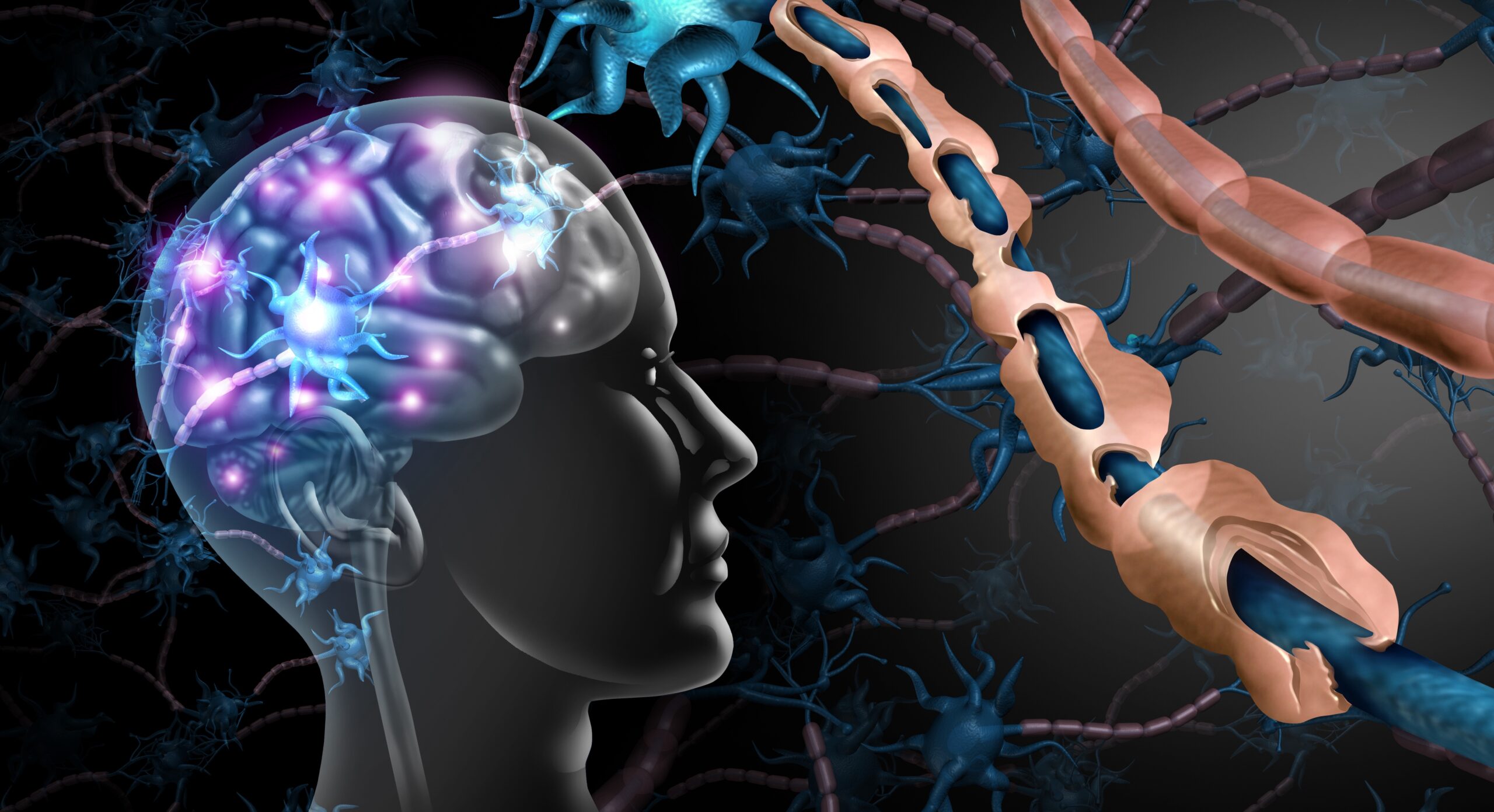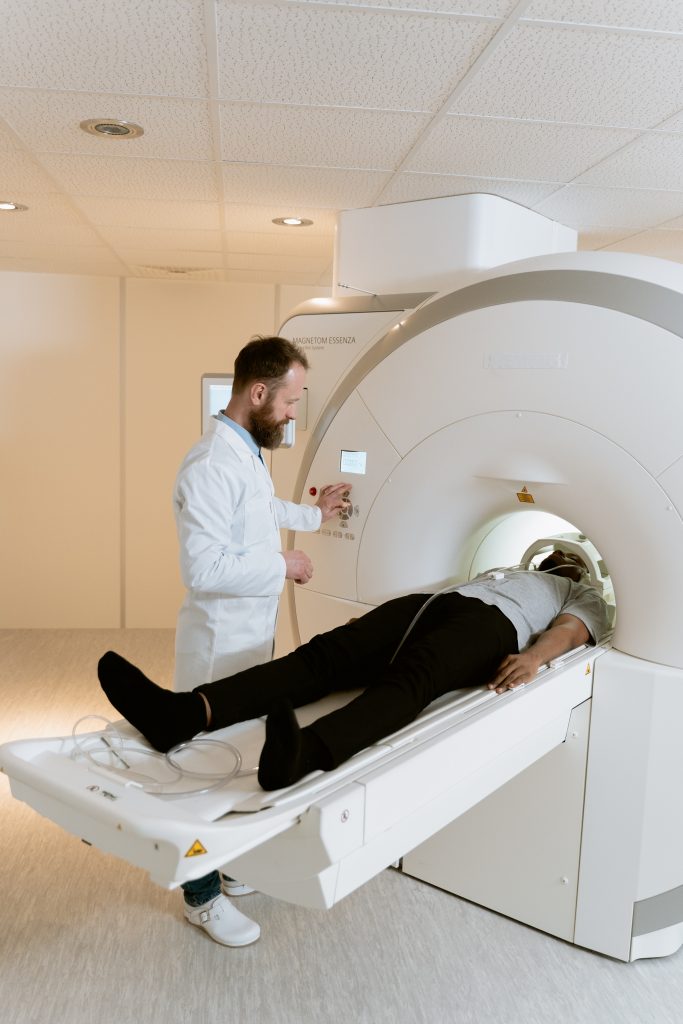

National MS Education and Awareness Month, observed each year in March, is a nationwide effort by the Multiple Sclerosis Foundation and affiliated groups to raise awareness of multiple sclerosis. This year, we’re joining in that effort by dedicating this blog to a brief overview of MS.
A recent study funded by the National MS Society reports that there are nearly 1 million people living with MS in the United States, more than double the estimate from a previous study. MS is more common in women than men. It is typically diagnosed in people 20 to 40 years old, and is the most widespread neurological condition disabling young adults worldwide.
MS is a chronic, progressive, immune-mediated disease that affects the central nervous system (CNS), which includes the brain, spinal cord, and optic nerves. By upsetting the CNS, MS disrupts the smooth flow of information within the brain, and between the brain and the rest of the body.
When someone has an immune-mediated disorder, their immune system attacks healthy tissue just like it attacks bacteria or a virus. With MS, your immune system attacks myelin, the fatty substance that surrounds and insulates nerve fibers. It also attacks the specialized cells that produce myelin and the nerve fibers themselves.
This assault on the myelin and nerve fibers results in inflammation, and that produces scar tissue, which is also referred to as sclerosis. With MS, there are multiple areas of scarring, hence the name multiple sclerosis.
Because MS affects the CNS, which controls the entire body, symptoms can involve any part of your body. Among the most common symptoms of MS are: muscle weakness, numbness and tingling, fatigue, dizziness and vertigo, muscle spasms, vision problems, walking difficulties, emotional changes and depression, learning and memory problems, and pain.
The exact cause of MS is unknown, but scientists believe it is triggered by a combination of factors, and several environmental risk factors have been identified. These include having a low Vitamin D level, smoking, and being obese. In addition, MS is known to occur more frequently in areas that are farther from the equator.
Exposure to certain viruses, such as the Epstein-Barr virus, or mononucleosis may increase your risk for MS, but researchers have yet to discover a direct link. Genetic factors may play a role as well. A susceptibility to MS may be passed down through your genes, but it’s believed that an environmental trigger is also required for MS to develop
There are four types of MS: clinically isolated syndrome (CIS), relapsing remitting MS (RRMS), secondary progressive MS (SPMS), and primary progressive MS, (PPMS). CIS is a pre-MS condition that involves a single episode of symptoms that lasts at least 24 hours. While this episode is characteristic of MS, it is not enough to warrant an actual MS diagnosis.
RRMS is the most common type of MS. Approximately 85 percent of people with MS are initially diagnosed with RRMS. With RRMS, you experience attacks of new or increasing symptoms, called relapses. These relapses are followed by remissions, periods of partial or complete recovery from the symptoms.
Some people with RRMS eventually transition to SPMS. With SPMS, there is a progressive worsening of neurological function over time. There may be occasional relapses as well as periods of stability. If you have PPMS, neurological function becomes progressively worse from the onset of your symptoms. Approximately 15 percent of people with MS have PPMS.
No single test will confirm a diagnosis of MS. Your doctor will begin their evaluation with a thorough history and neurological examination. They will then employ certain tests, including an MRI, a spinal fluid analysis, and an evoked potentials test, to determine if you meet the diagnostic criteria for MS.
Your doctor will likely use additional tests as well in order to rule out other conditions that have similar symptoms to MS, such as Lyme disease, lupus, and Sjögren’s syndrome.
MS is treated with medication that slows disease progression. Several medications called disease-modifying therapies (DMTs) have been approved by the FDA to treat the relapsing forms of MS. DMTs interact with different parts of the immune system and curb their function. These medications can be injected, infused, or taken by mouth as pills.
In addition, your doctor may use other medications and therapies, including corticosteroids, and physical and occupational therapy, to treat troubling MS symptoms such as pain, muscle weakness, and difficulty walking. With the treatments available today, people with MS can live long, full, happy lives.





Leave a Reply